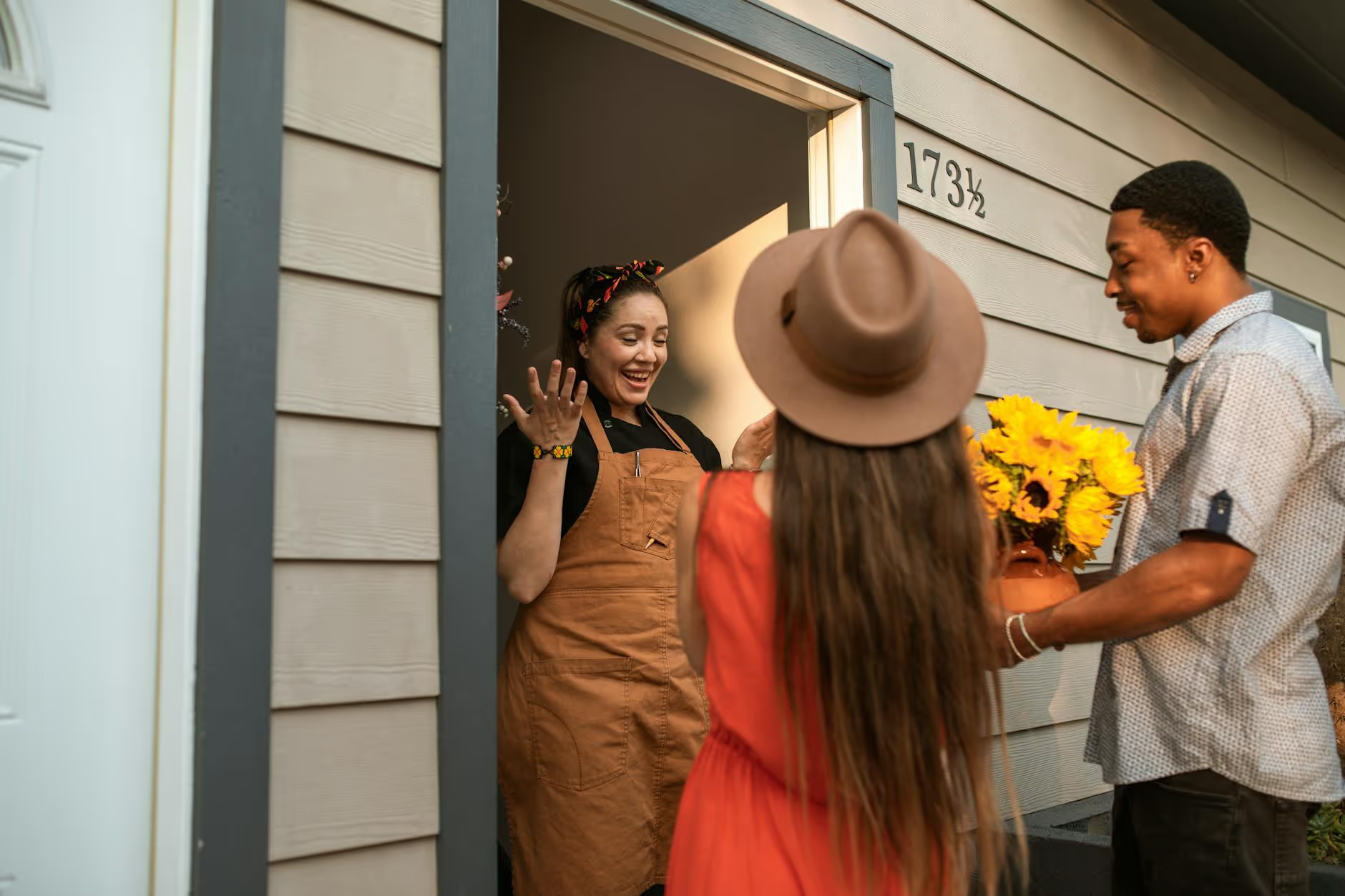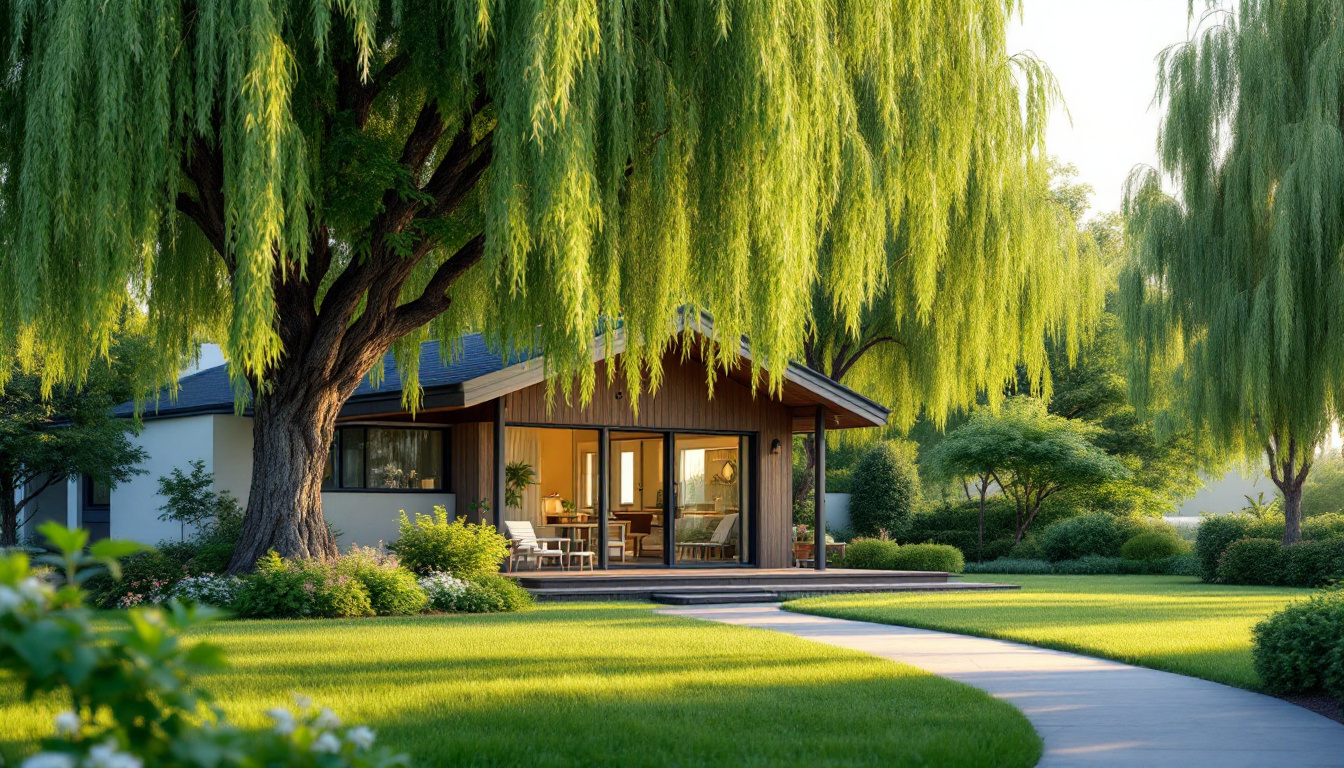Senior Housing Subsidies
March 5, 2025
Exploring Affordable Housing Solutions for Older Adults


Understanding Key Housing Programs for Seniors
As the population ages, affordable housing has become an increasingly important issue for older adults living on fixed incomes. These individuals often face the challenge of paying high housing costs while managing other financial responsibilities. Subsidized senior housing offers an essential lifeline to many, providing reduced rent and ensuring that housing expenses do not become a prohibitive burden. In this article, we will explore the various programs and options available to aid seniors seeking affordable housing solutions. Focusing on eligibility requirements, application processes, and the specific benefits of each program, this narrative aims to guide readers through the complexities of subsidized housing for older adults.
What is Subsidized Senior Housing?

Definition of subsidized senior housing
Subsidized senior housing refers to affordable living options specifically designed for older adults with limited income. These programs enable residents to pay rent that is typically only 30% of their monthly income, helping them manage financial burdens while covering essential expenses.
Income and age eligibility
Eligibility for these housing options generally requires applicants to be at least 55 or 62 years old, depending on the specific program. Furthermore, income limits are typically set below 80% of the area median income (AMI), ensuring that the subsidies effectively support those in greatest need. Although these housing programs do not provide direct medical or supportive care services, they uphold a standard landlord-tenant relationship, ensuring compliance with fair housing regulations.
Role of HUD, USDA, and LIHTC
Several federal programs play a vital role in subsidizing senior housing:
- HUD (U.S. Department of Housing and Urban Development): Offers various assistance programs such as Section 8 vouchers and Section 202 supportive housing specifically for low-income elderly individuals.
- USDA (U.S. Department of Agriculture): Provides subsidized housing options for seniors in rural areas, aimed at facilitating affordable living in less populated regions.
- LIHTC (Low-Income Housing Tax Credit): Encourages the development of affordable housing for older adults by incentivizing property owners through tax benefits, ensuring rental prices remain manageable.
These programs collectively aim to reduce loneliness among seniors and foster a sense of community, while also ensuring financial viability.
Navigating Housing Assistance for Low-Income Seniors

How can low-income seniors access housing assistance?
Low-income seniors have a variety of options for accessing housing assistance tailored to their specific needs. Key programs include:
- Section 8 Housing Choice Vouchers: This program assists low-income seniors in paying rent, ensuring they contribute only 30% of their income toward housing costs. Seniors can apply through local housing authorities, which manage these subsidies.
- Section 811 Project Rental Assistance: Designed for extremely low-income individuals with disabilities, this program offers project-based assistance that promotes independent living while providing necessary support services.
Seniors can utilize the Housing Resource Clearinghouse, which connects them with local organizations that can provide financial assistance for housing-related needs such as rent and utilities. Additionally, initiatives like the Promoting Independence Initiative in Texas offer support for individuals with complex medical needs, allowing them to receive care at home instead of in institutions.
Finding local housing resources
Local housing authorities play a crucial role in helping seniors navigate available assistance. They provide information on subsidized housing options, including public housing, where rent is often set based on household income. This can greatly alleviate the financial burden of housing for seniors.
Moreover, organizations like the Texas Low Income Housing Information Service are integral in helping low-income Texans identify affordable housing options in their neighborhoods. These services aim to promote stability and ensure seniors have access to quality living arrangements.
Role of funding opportunities
Funding opportunities are vital for increasing the availability of affordable housing options for seniors. Programs such as the Low-Income Housing Tax Credit (LIHTC) incentivize developers to create affordable housing targeted at low-income households. These properties must adhere to specific income and rent criteria, ensuring long-term affordability for residents, particularly seniors. Additionally, Notices of Funding Availability from the Texas Department of Housing and Community Affairs help inform communities about financial resources for housing projects that support senior living.
By understanding these options and resources, low-income seniors can better navigate the housing market and find suitable, affordable homes.
Eligibility Requirements for HUD Senior Housing

Who qualifies for HUD senior housing?
To qualify for HUD senior housing, applicants generally must be seniors who meet low-income requirements. Specifically, for Section 202 Supportive Housing for the Elderly:
- Individuals must be at least 62 years old.
- They must have a household income that meets HUD’s Low or Very Low-Income criteria.
For Section 8 housing:
- The head of household must be at least 18 years old.
- The household income must not exceed 50-80% of the median income in their area.
Additionally, properties designed for seniors have specific age requirements:
- All occupants must be 62 years or older, or
- At least 80% of the occupants must be 55 years or older.
What are the income thresholds?
For eligibility, seniors often need to have incomes below certain thresholds:
- Generally, 60% or less of the Area Median Income (AMI) is required for many programs, including LIHTC housing.
- HUD guidelines state that for some programs, such as Section 8, income cannot exceed specified percentages tied to the median local income.
What does the application process involve?
The application process requires seniors to provide:
- Financial and personal information for income verification.
- Documentation of any past evictions or criminal history may also be needed, as these can impact eligibility.
- Potential waiting periods due to high demand for these subsidized units may apply.
These eligibility criteria help ensure that senior housing assistance is directed towards those who need it most, providing important resources for independent living in affordable settings.
Exploring Housing Options for Seniors Based on Income

What housing options are available for seniors based on income?
There are a variety of housing options for seniors that take income into account. Affordable senior housing is specifically designed to ensure that low-income seniors do not spend more than 30% of their income on rent. This is essential, as many older adults find themselves living on fixed incomes, making it crucial to manage their housing costs effectively.
Programs like Section 8 Housing Choice Vouchers and HUD's Section 202 Supportive Housing for the Elderly target low-income seniors, allowing them to benefit from rent subsidies that adjust their payment based on their income. Here’s a breakdown of some key housing options:
| Housing Option | Description | Eligibility Criteria |
|---|---|---|
| Section 8 Housing Choice Vouchers | Provides flexible rental assistance, enabling seniors to live in various rental units. | Income must not exceed 50% of the local median income. |
| Section 202 Supportive Housing | Offers affordable housing with additional services such as cleaning and meal support. | Seniors must be at least 62 years old and meet low-income criteria. |
| Affordable Senior Apartments | Managed under various federal programs, ensuring rents don't exceed 30% of income. | Generally aimed at seniors with low to moderate incomes. |
| Low Income Housing Tax Credit (LIHTC) | Encourages the development of affordable housing by offering tax incentives to builders. | Income limits often require tenants to earn 60% or less of the area median income. |
Moreover, nonprofit organizations and cooperative housing arrangements also contribute to creating affordable living options for seniors. These options are valuable not only for their affordability but also for the extra support services they might provide, fostering greater independence and well-being for residents.
Additional Insights
With the rising housing costs, nearly 10 million older adults were facing challenges affording adequate housing before the pandemic and these numbers have likely worsened. This makes exploring income-based housing options increasingly vital for ensuring secure and stable living environments for seniors.
Achieving Affordable Housing Through Innovative Solutions

Home Sharing and Virtual Communities
Home sharing arrangements are gaining traction among older adults looking to offset housing costs. By renting out a portion of their home, seniors not only generate income but also foster community connections. Virtual retirement communities further enhance this concept by allowing individuals to pay an annual fee for supportive services while living independently in their homes.
Role of Adult Family Homes
Adult family homes offer a unique housing choice for seniors requiring minimal medical care. These smaller, often family-run establishments provide a cozy living environment with shared spaces and services, making them an affordable option for older adults seeking companionship and care without overwhelming institutional settings.
Creative Uses of LIHTC and USDA Programs
The Low-Income Housing Tax Credit (LIHTC) program and USDA rural housing initiatives are pivotal in creating affordable options for seniors. LIHTC encourages property developers to engage in building low-income housing, ensuring that rents are manageable for residents. In rural areas, the USDA offers subsidies targeting seniors, similarly charging around 30% of their adjusted income for rent. Both programs underscore innovative strategies in facilitating affordable living arrangements for older adults.
Securing a More Stable Future for Older Adults
Affordable housing for seniors is more than just providing a roof over their heads; it is about ensuring stability, independence, and dignity in their later years. As housing costs continue to rise, programs like those offered by HUD, USDA, and LIHTC remain crucial in supporting low-income seniors. Understanding the intricacies of these programs—eligibility criteria, application processes, and the various types of available housing—empowers seniors and their families to make informed decisions about their living arrangements. By highlighting both traditional and innovative housing options, this article aims to serve as a comprehensive resource for those navigating the often complex world of senior housing subsidies. With the right information and resources, seniors can find the affordable housing solutions that best meet their needs, ensuring they can enjoy their golden years with peace of mind.
References
- [PDF] Subsidized Housing Programs for Older Adults - The Senior Source
- Senior Subsidized Housing Programs for Older Adults
- Affordable Housing Resources | Texas Health and Human Services
- How to Find Affordable and Low-Income Senior Housing in 2024
- Federally Subsidized Housing for the Elderly
- How Older Adults Can Get Help Paying for Housing
- public housing Program Overview – Seniors – DHA



























































.jpeg)










































































































































































































.avif)























































.jpeg)

































































.jpeg)














.jpg)









































.jpeg)









































































.avif)




.avif)

















































.avif)







































































































































































